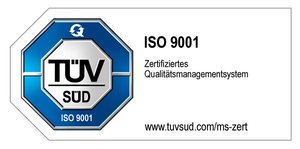Envelope principle
The envelope principle is a type of tolerance for simple geometric elements, which are limited by envelopes according to this principle. The envelopes are based on the ideal shape of the elements and their rules of fit. In this way it is possible to ensure the fit of these geometrical elements. The tolerance usually allows a certain value below and above the ideal dimension. This results in two imaginary minimum and maximum lines, which form the said envelope around the object. According to the envelope principle, the maximum or minimum allowable dimension for a part must now be within or outside the same range as the maximum dimension or minimum dimension. Thus, the envelope principle specifies that the surface of a single linear size dimension (a cylindrical surface or a feature formed by two parallel, opposing planar surfaces) must not violate the imaginary envelope of perfect (geometrically ideal) shape at the maximum material dimension. The ISO GPS standards replaced the envelope principle as the standard. Since then, the principle of independence according to ISO 8015 has been replaced as the tolerance principle. The envelope principle is not used less because of this, it just has to be explicitly marked.
We find the perfect solution for your project.
Contact us if you have questions to our services in the area of 3D metrology. We are looking forward supporting you in your success.



